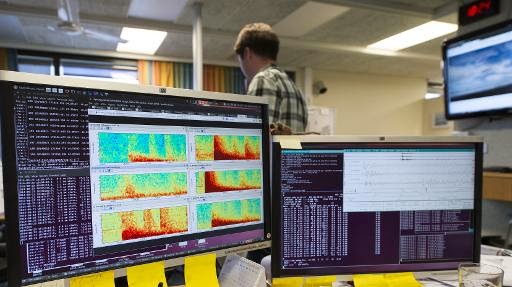
Iceland lowered its alert over the nation’s largest volcanic system to orange on Sunday after keeping it for one day at the maximum level amid fears of an imminent eruption.
A major explosion at the Bardarbunga volcano, located under a glacier, could signal a replay of the global travel chaos triggered when another Icelandic peak blew four years ago, creating a massive ash cloud across Europe.
The Icelandic Met Office said that there had not been a small sub-glacial eruption on Saturday, as previously announced.
“Presently there are no signs of ongoing volcanic activity,” IMO said on its website on Saturday night.
The red alert level on Saturday led to the closure of airspace in the affected area, although all airports in the country remained opened.
Seismic activity remains high in the area, with more than 700 tremors recorded during the night.
Early on Sunday, the strongest earthquakes of the current seismic cycle shook Bardarbunga.
They were listed on the Met Office’s website with intensities of 5.3 and 5.1 on the Richter scale, the highest registered in the area since 1996.
The eruption of Eyjafjoell, a smaller volcano, in April 2010 caused travel mayhem, stranding more than eight million people in the widest airspace shutdown since World War II.
Iceland’s most active sub-glacial volcano Grimsvotn erupted in 2011, forcing the country to temporarily shut its airspace and sparking fears of a repeat of the Eyjafjoell flight chaos.
Iceland is home to more than 100 volcanic mountains, some of which are among the most active in the world.
Note : The above story is based on materials provided by © 2014 AFP









